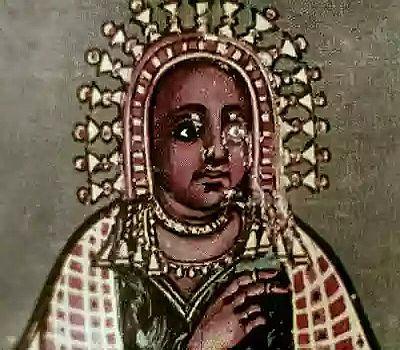
image credit: sourcememory.net
Queen of Sheba
Over 3,000 years ago, the sovereign of Sheba, which extended to modern day Ethiopia and Yemen, arrived in Jerusalem with huge amounts of gold to give to King Solomon and thus began the legend of the Queen of Sheba, which was one of the oldest love stories known to man.

The Queen of Sheba was said to have been a powerful kingdom affluent through the trade of incense with the Roman Empire and Jerusalem.
According to the Kebra Nagast or "the Glory of Kings", a 700 year old text from Ethiopia's antiquity, the imperial bloodlines of Ethiopia's rulers were descendants of the Queen of Sheba and King Solomon.
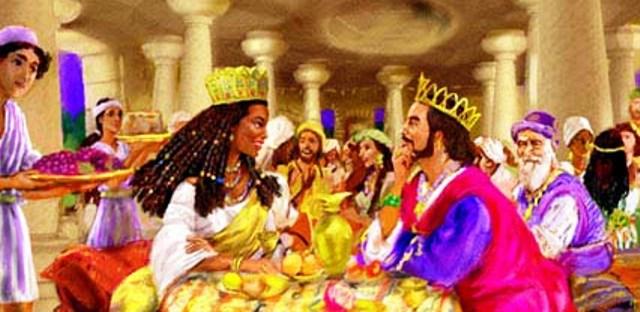
Queen of Sheba of the Axumite Kingdom is known as Makeda in the Ethiopian account, which translates literally to "pillow."
Menelik I or "Son of the Wise" was the only offspring of the Queen of Sheba and King Solomon of ancient Israel was his father.

The Queen of Sheba and King Solomon are both referenced within the Christian, Hebrew, and Qur'anic Biblical accounts: "with a very great retinue, with camels bearing spices, and very much gold and precious stones ... Then she gave the king 120 talents of gold, and a very great quantity of spices."
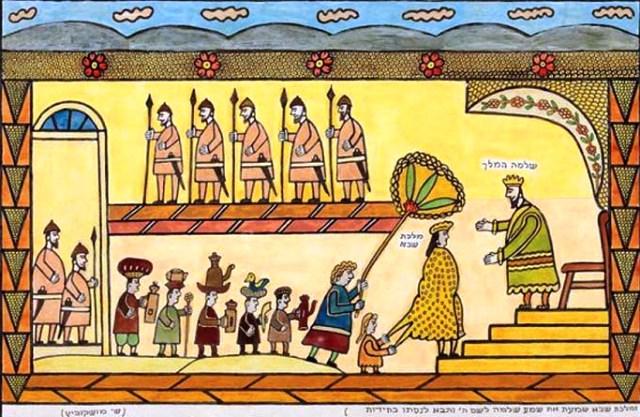
The Bible says Sheba visited Solomon to test his wisdom by questioning him with several clever riddles.
Legend has it that he wooed her, and that descendants of their child, Menelik became kings of Abyssinia and Ethiopia.

The Axumite kingdom at different points in history may at least have included parts of Egypt, Sudan, Ethiopia, Eritrea, and Yemen.
This early kingdom of the distant past, under the historical throne of Sheba, may have reached as distant south as Zanzibar ("San-Sheba" or in Persian: "Zangi-bar" with "Zangi" translating to "Black" and "Bar" meaning "the") in Tanzania.
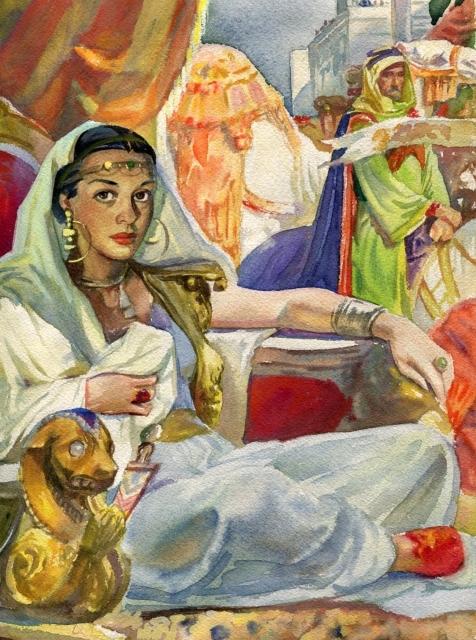
The Kebra Nagast is a story initially written in the Ge'ez language and recounts the origins of the paternal Solomonic line of the Emperors of Ethiopia.
The Kebra Nagast is believed by the Ethiopian Tewadeho Orthodox Church and Rastafarian communities as a precise historical account of how The Queen of Sheba met King Solomon and about how the Ark of the Covenant was brought to Axum (Aksum) of current day Ethiopia, upon Sheba's return from ancient Israel with the child, Menelik I.
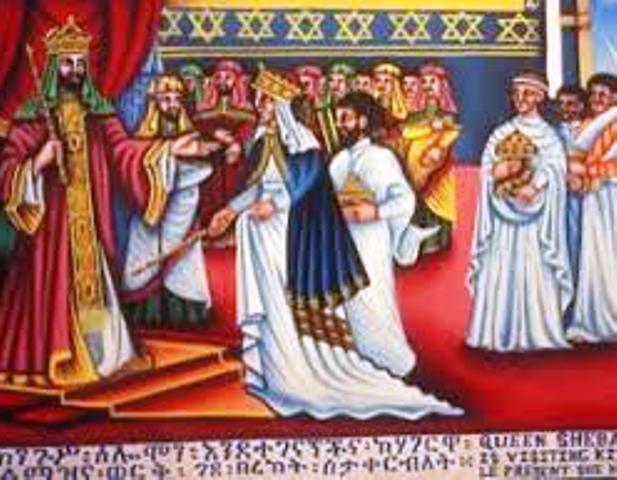
According to the Kebra Nagast, Menelik I became the first Imperial ruler of Ethiopia, the first of a line of Aksumite Kings.
The translation of the ancient text records of the Kebra Nagast also contain accounts of the early creation narratives of the people of this region, which modern science definitively concludes is the birthplace of humankind.

It is believed that Menelik's father, King Solomon, gave the Ark of the Covenant to The Queen of Sheba to be taken as his prayer that "the New Jerusalem" would have its throne at Axum.
The Queen of Sheba made the northern city of Axum home after her journey to Israel. Ethiopian custom claims that Menelik I and the Ark of the Covenant were brought with Makeda.

Many believe Haile Selassie I, is of the direct blood line from Menelik I, who began the Ethiopian Kings' long rule in the area, beginning about 950 BC.
